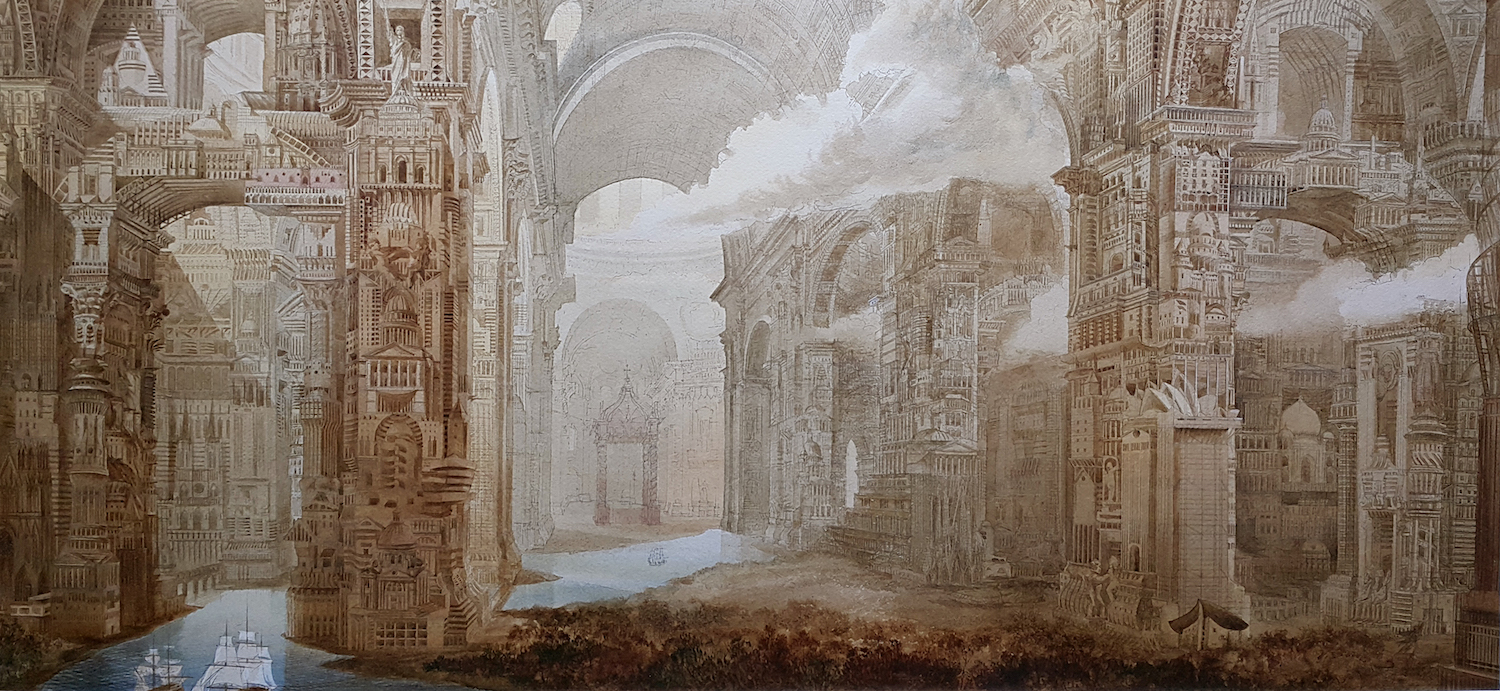The image is unforgettable. From a distance it looks, perhaps, like a piece of modern art: rectangular blocks in various shades of green, purple, yellow and pink, separated by gray and black. But get closer and you’ll see instant clues to what the photo really depicts: washing hanging on balconies; air conditioning units; and the gray and black is, in fact, hundreds of windows—some closed, some ajar. The photo, which has gone viral in the past in the social media age, is one of numerous images taken by Michael Wolf, the German-born photographer, who died in April 2019, but whose best-known work was chronicling high-density living in Hong Kong, where he lived and worked.
But while Wolf’s iconic images may be the best-known, he certainly wasn’t the first to document Hong Kong’s astonishing high-rise apartments, and he won’t be the last. In 2011, Anthony G. O. Yeh, professor in Urban Planning and Geographic Information Science at the University of Hong Kong, wrote that the city’s urban area had the highest population and employment density in the world. “Measured at block level, some areas may have population densities of more than 400,000 people per square kilometer. As of 2011, there are seven million people for its 412 square miles of land.”
Interestingly, Yeh wrote that it was a “myth that high population density is undesirable and often associated with social pathologies and problems. Only studies on animals,” he said, “have proven this association. There is little correlation between density and social pathology—deviant behavior, crime and suicide—when other socioeconomic variables are considered.”
Hong Kong has experienced some of the highest-density living for decades. In 1977, researchers at the United States Department of Agriculture looked at how Hong Kong residents had adapted to urban living to glean some insight into issues that could be expected to occur in the rapidly expanding cities of the developing world. Their studies revealed “a variety of adaptive strategies employed by people to cope with the stress of the crowded urban environment.”
But just a few years after Yeh wrote about the “myth” that high population density was undesirable, a Hong Kong academic argued that the city couldn’t cope with any more high-rises “as street-level airflow has become more stagnant and unable to disperse heat and pollutants.” Professor Li Yuguo, who runs the mechanical engineering department at the University of Hong Kong, warned of an “urban dome.”
“Social pathologies,” it turned out, aren’t the issue. It is clean air.
Writing in the South China Morning Post in 2017, local developer Dr. Ken Chu said that most parts of Hong Kong are hilly, and therefore post “a huge civil engineering test for any construction, let alone residential buildings.” Buildable land is rare–and expensive. Chu says, “Resolving the problem of insufficient housing and land supply and housing affordability is in everybody’s interest in Hong Kong, because if the bubble bursts or social discontent explodes, everybody would be affected.”
Today, Hong Kong is facing the worst housing shortage in the world, and the average resident has to pay roughly 21 times their annual income to buy a modest home.
From a distance, those photographs of colorful apartment blocks jostling for space in the Hong Kong skyline may look strangely beautiful. But look closer—for signs of life—and the story has a different hue.


